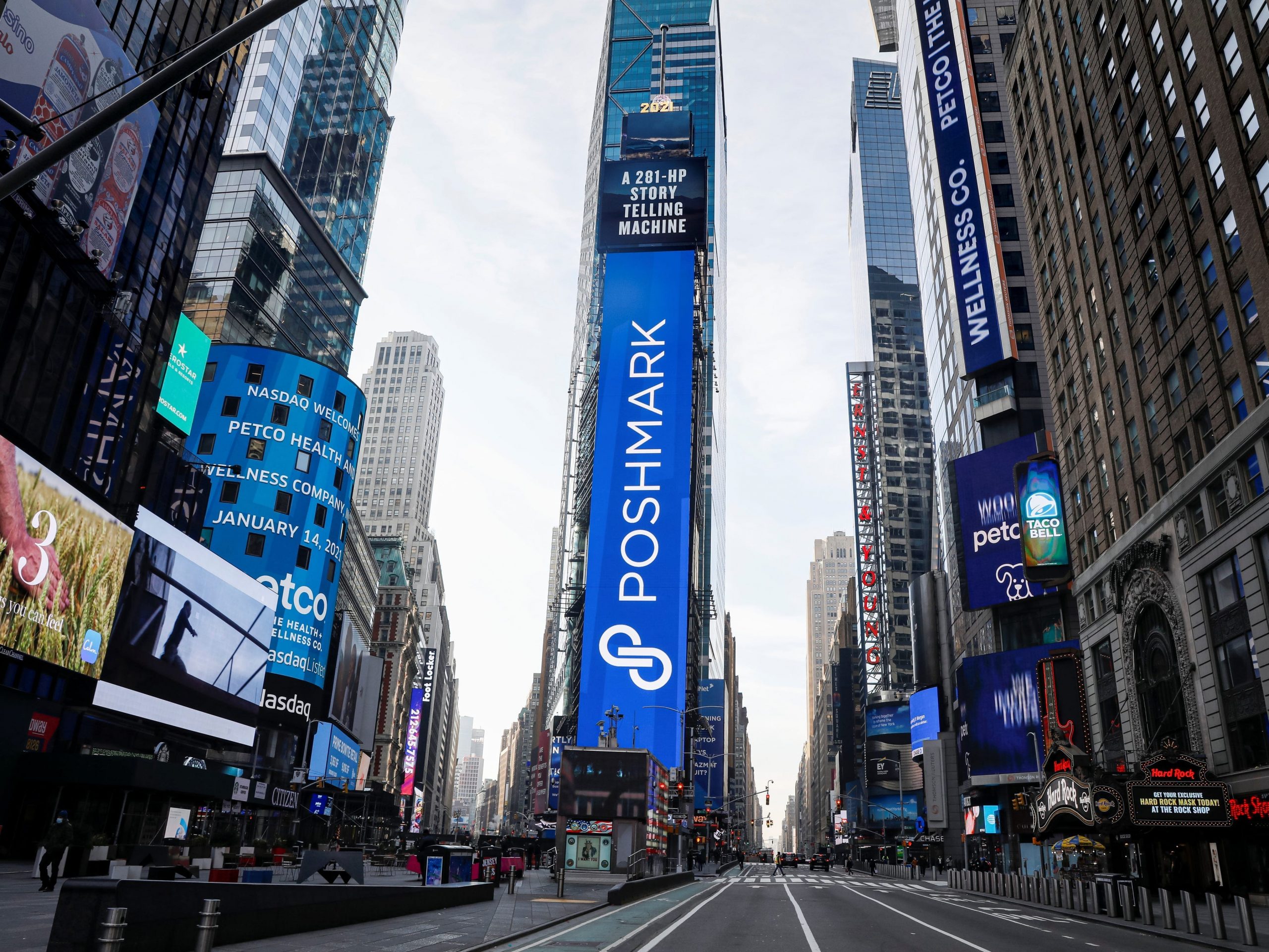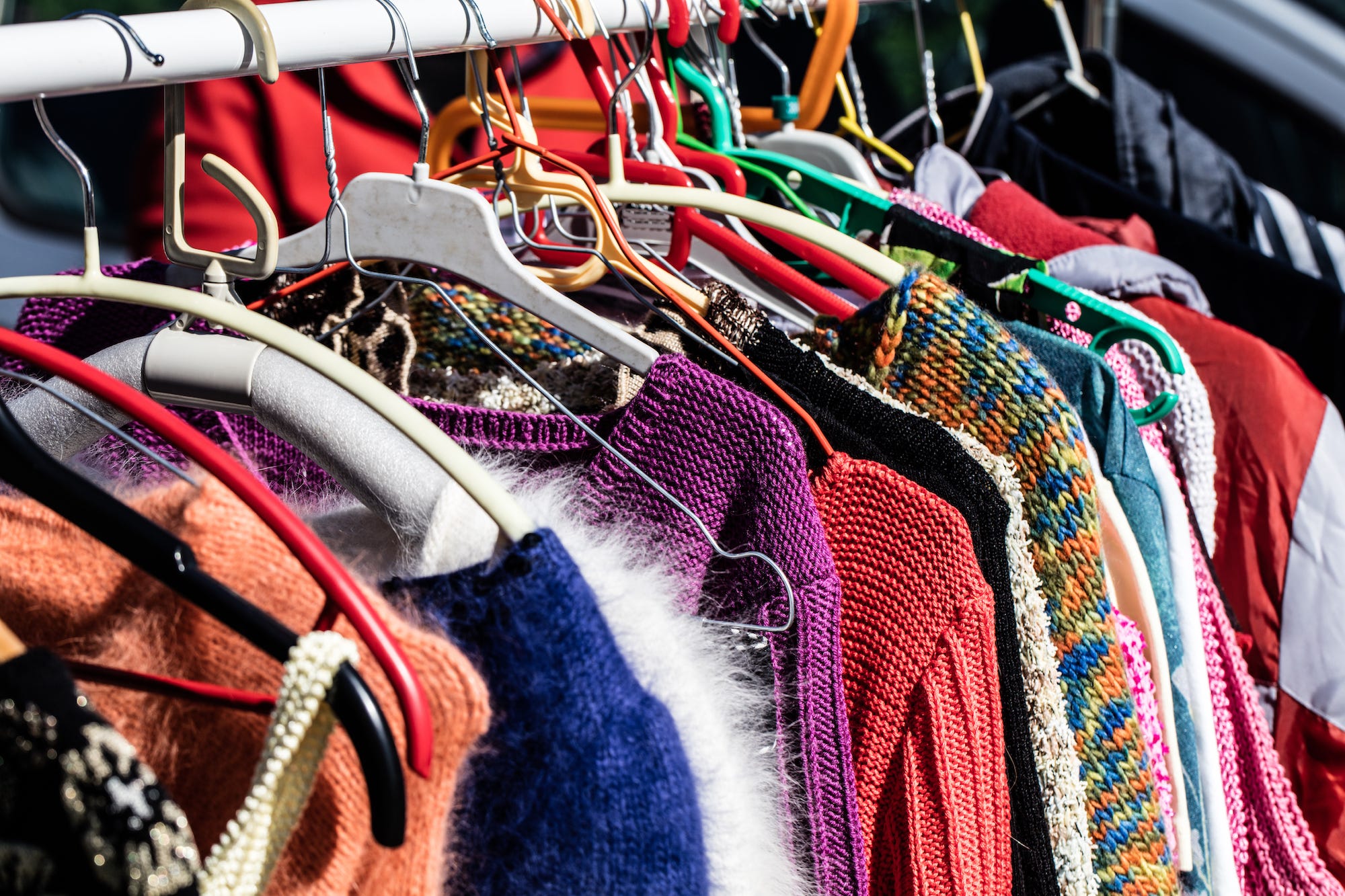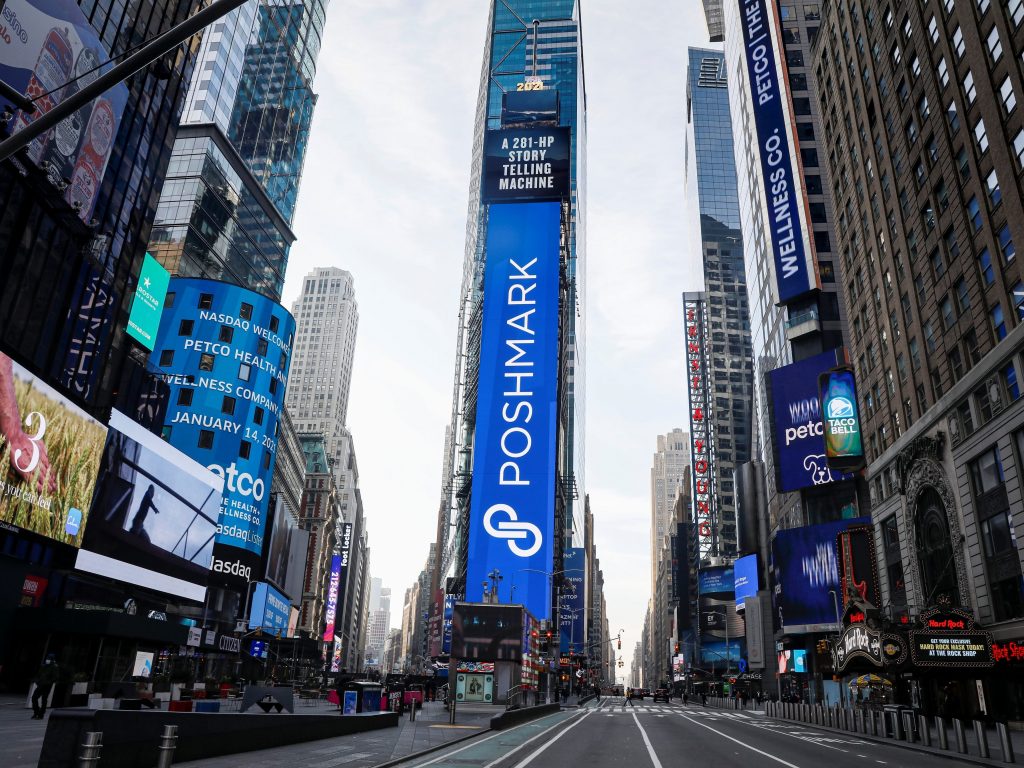
Brendan McDermid/Reuters
- Secondhand retail is expected to grow by 69% from 2019 to 2021, a World Resources Institute report said.
- A ThredUp report said a secondhand clothing item had an 82% smaller carbon footprint than a new one.
- Several startups have raised lots of funding for specialized platforms and support services.
- Subscribe to our weekly newsletter, Insider Sustainability
When I want to buy something fancy or moderately expensive from a brand like Tumi or Patagonia, I don't just look for sales – I also check out websites like eBay and Goodwill Auctions, as well as listings on platforms like ThredUp, Poshmark, Grailed, and The RealReal, for secondhand items to see if I can save a few bucks. Sometimes the secondhand items have triple-digit price tags, but it's still a deep discount from the retail price.
My habit of searching online for this kind of deal is part of a trend in modern thrifting, one that is increasingly lucrative and interesting to investors, too.
As the popularity of and public trust in buying secondhand items increase, more digital platforms are helping this area of the retail industry expand. It's part of what's known as the circular economy, where consumers are both the buyers and the suppliers of goods and services. Corporations are also responding to the rise in interest and sales of secondhand goods, especially fashion, with millions of dollars in funding, partnerships with traditional brick-and-mortar stores, and even their own resale marketplaces.
Sustainability is also increasingly important for buyers and sellers. A recent survey from The RealReal focusing on luxury shoppers found a 13-percentage-point rise over 2019 in shoppers who cited sustainability as why they'd made a purchase from the luxury resale marketplace. "Bringing more new shoppers and consignors into the circular economy is essential to creating a more sustainable future for fashion," Julie Wainwright, the company's founder and CEO, said in a statement.
While secondhand apparel sold online represents a fraction of overall retail sales, it's indicative of a broader shift. A report from the World Resources Institute in December said secondhand retail was expected to grow by 69% from 2019 to 2021 to reach a market value of $12 billion. The retail sector for apparel was expected to shrink by 15% during the same period, to $334 billion.

Sophie Walster/Getty Images
Buying used and secondhand items could mean significantly lower energy and water consumption, as well as a reduction in carbon-dioxide emissions from the production process of a new item. Selling secondhand items also helps divert them from landfills. A ThredUp report found that buying a used item instead of a new one reduced its carbon footprint by 82%.
Thrift stores like Goodwill and Buffalo Exchange have existed for decades, but the pandemic ushered in an explosion of activity on resale platforms and services like ThredUp, Poshmark, The RealReal, and Depop.
One indication that resale is evolving into a much bigger player is business-to-business companies like Trove. The software-and-logistics company has partnered with brands like Nordstrom, Levi's, Patagonia, Lululemon, REI, and Arc'Teryx to help them create their own marketplaces for secondhand items.
Just this year, Poshmark debuted on the Nasdaq; Curtsy, an app aimed at Gen Z women, raised $11 million in funding; the European secondhand marketplace Vinted raised $303 million; the UK fashion portal Lyst raised $85 million; Vestiaire Collective raised $216 million; the formalwear website Queenly raised $6.3 million; and Wallapop, a classifieds app in Spain, raised $191 million. Even Trove raised $77.5 million.
